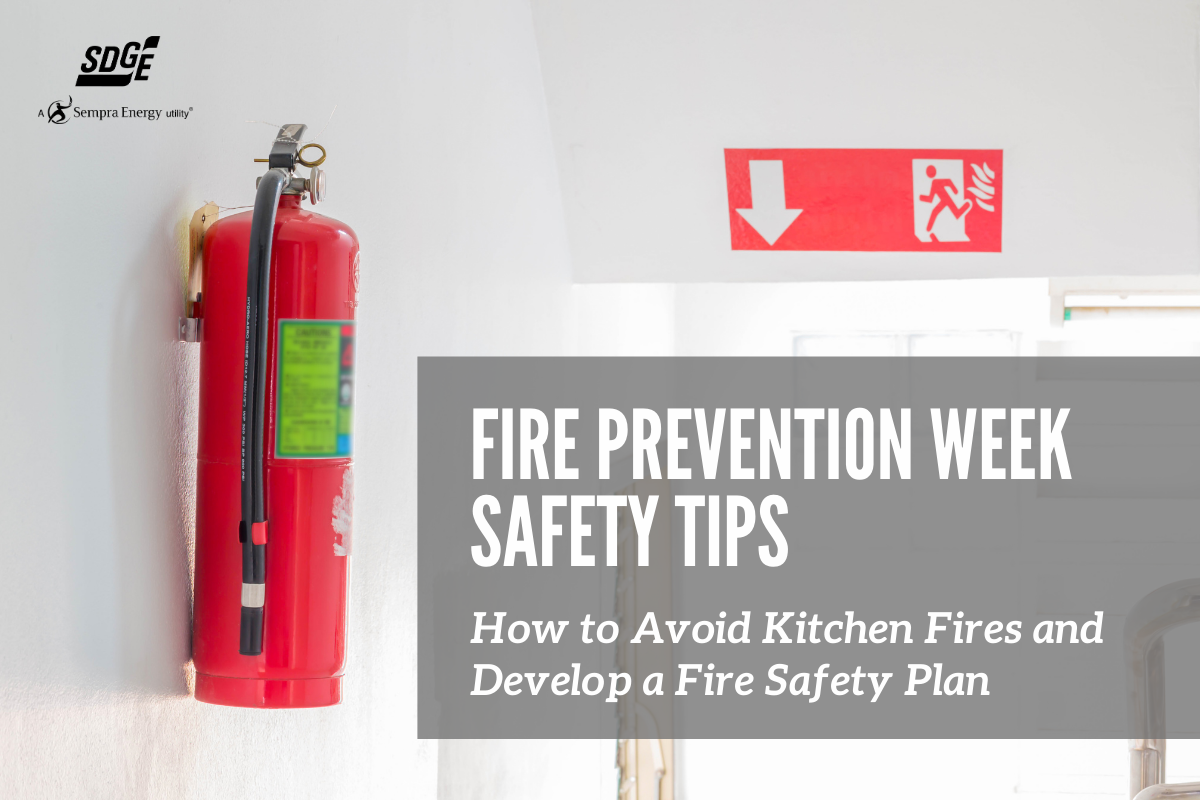Since 1922, the National Fire Protection Association (NFPA) has sponsored the public observance of Fire Prevention Week. In 1925, President Calvin Coolidge proclaimed Fire Prevention Week a national observance, making it the longest-running public health observance in our country.
Did you know?
According to the NFPA, cooking is the leading cause of home fires and home fire injuries in the U.S. Almost half (44%) of reported home fires start in the kitchen and two-thirds (66%) begin with the ignition of food and other material.
So, here are a few tips on how you can prevent kitchen fires:
- Never leave cooking food unattended. If you go away, even for a short time, turn off the stove.
- Check your food regularly, use a timer and make sure that everything is cooking properly.
- Always keep an oven mitt and pan lid handy. If a small grease fire starts, slide the lid over the pan to cover the frame.
- Designate a "kid-free zone" of at least three feet around the stove and areas where food and drink are prepared.
"We know cooking fires can be prevented," said Lorraine Carli, NFPA's vice president of outreach and advocacy. "Staying in the kitchen, using a timer and avoiding distractions -- such as electronics or TV -- are steps everyone can take to keep families safe in their homes."
To learn more from the NFPA about Fire Safety in the kitchen and other fire safety tips, please visit here.
Plan Ahead!
If a fire breaks out in your home, you may have only a few minutes to get out safely once the smoke alarm sounds. Everyone needs to know what to do and where to go if there is a fire.
And here are some effective escape planning tactics:
- Draw a map of your home listing all doors and windows. Make sure that everyone in your household studies this map.
- Know at least two ways out of every room. Be certain that all doors and windows open quickly in the event of an emergency (none are obstructed).
- Select a landmark (tree, mailbox, phone pole, etc.) a reasonable distance away from the house as a meeting location.
- Practice using different exits out of your house.
Make your home escape plan and practice today! For more information on the NFPA, please visit: www.nfpa.org.


